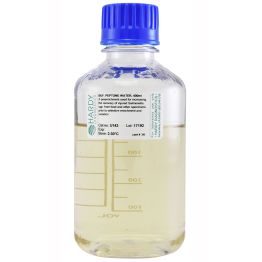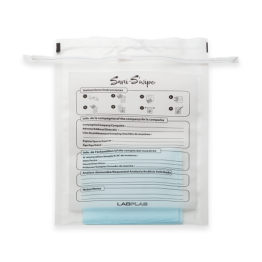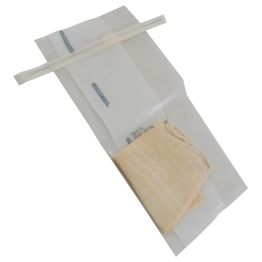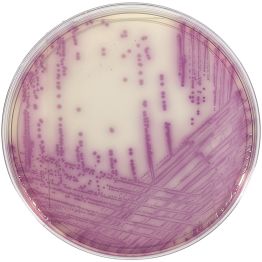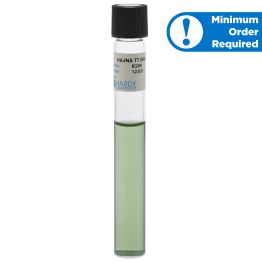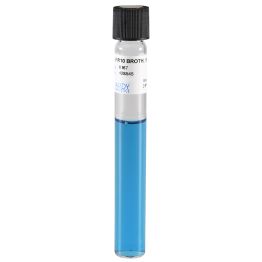Can You Get a UTI From Eating Chicken?
Urinary tract infections (UTI) are considered to be one of the most common bacterial infections worldwide.1 The most common uropathogen causing uncomplicated UTIs is Escherichia coli.2 Extraintestinal pathogenic E. coli (ExPEC) strains are often linked to UTIs, and these infections typically result from the intestine-stool-urethra route, although other routes such as bloodstream infections are possible.3
Recent studies have found that ExPEC strains are distinct from other intestinal pathogenic and normal commensal E. coli strains.3 Further analyses of ExPEC isolates from urine specimens of UTI patients showed these isolates were closely related to, if not indistinguishable from, pathogenic E. coli of poultry and pork.4 In a study conducted by Yamaji et al., E. coli isolates from urine specimens of patients with suspected UTIs were analyzed and compared to the bacteria on retail meat samples in the same region using DNA fingerprinting techniques. They found that 21% of E. coli isolates from cases of UTIs matched the same types of E. coli found in local retail poultry.5 This supports the theory that poultry may serve as a reservoir for these ExPEC strains and as a result, may be a facilitator introducing these strains to the human intestine that could result in a UTI. The concentrated animal feeding operations (CAFO) and over-crowding of poultry can lead to the endemic harboring of pathogens such as ExPEC, E. coli, and Campylobacter.
"ExPEC isolates from urine specimens of UTI patients showed these isolates were closely related to, if not indistinguishable from, pathogenic E. coli of poultry and pork."
It was presumed that if the UTIs are linked to poultry, then individuals who follow a vegetarian diet should have less exposure to ExPEC and less likelihood of contracting a UTI. To examine the association between vegetarian diet and UTI risk, a prospective cohort study was conducted by Chen et al. The study followed 9,724 UTI free Buddhists from 2005 to 2014 while assessing participants' diets through a food frequency questionnaire.3 Throughout the study duration, there were 661 confirmed UTI cases. Various factors were taken into account during the study such as age, alcohol intake, and disease conditions predisposing them to UTIs. After analyzing the data, the UTI risk in vegetarians was 16% lower than non-vegetarians, showing that a person's diet may influence their risk of UTIs.
Globally, millions of individuals are affected by UTIs each year, of which, a portion of these cases may be caused by consuming ExPEC from food reservoirs.5 Additional studies are necessary to clarify the relationship between UTI risk and the presence of ExPECs in food reservoirs. It is important for researchers to identify the level of risk ExPECs pose to human health. If the health risk is significant, that could justify efforts to monitor and reduce or eliminate these pathogens in foods. Overall, the impact of food on human health is still being established, thus highlighting the importance of further research, food testing, and increased public awareness.
Hardy Diagnostics' Solutions for Food Testing
As we continue to uncover the complex relationship between foodborne pathogens in poultry and human health, the need for rigorous testing and monitoring becomes increasingly evident. Hardy Diagnostics is at the forefront of providing advanced testing solutions for the detection of E. coli and other pathogens in food sources.
Our products ensure that researchers and food safety professionals are equipped with the best tools to assess the presence of pathogens. Featured products can be found below, but we also recommend browsing our full range of products here.



